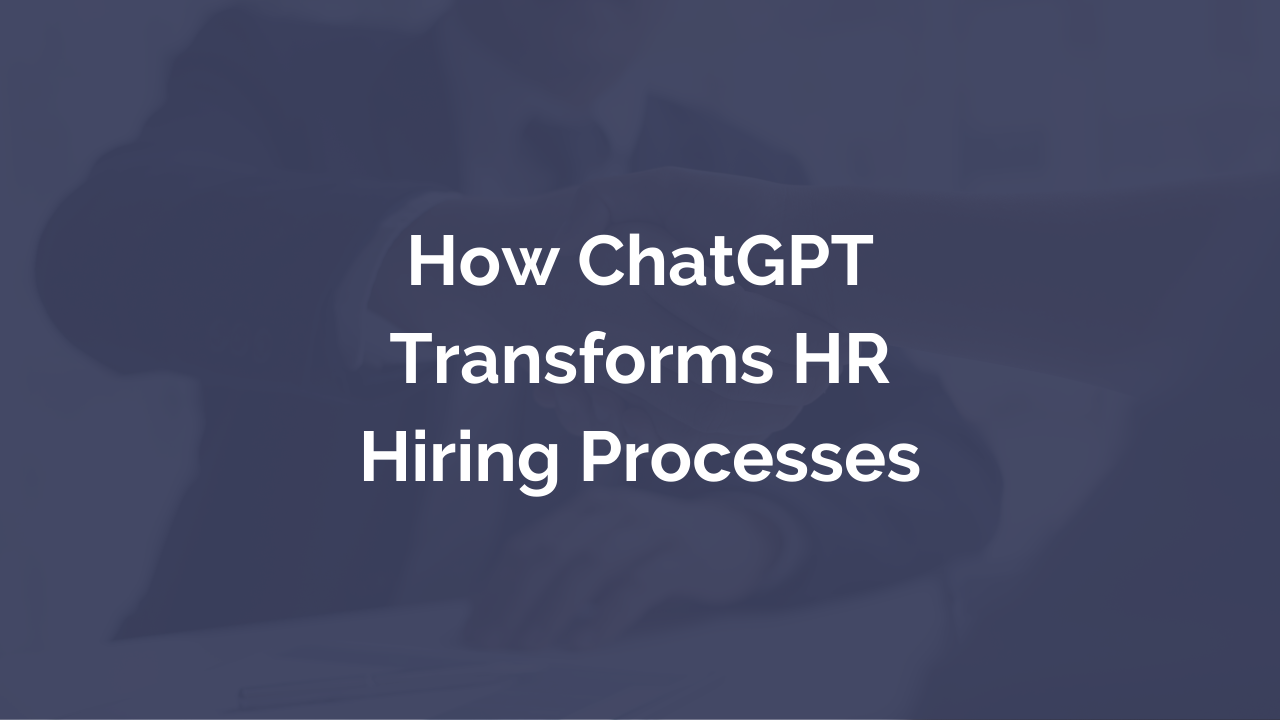In the face of economic uncertainty, many companies resort to short-term cost-cutting strategies such as headcount reduction to balance their books and stay afloat. However, despite the illusion that this provides cost-savings in the short term, such strategies can be damaging in the long run.
Read MoreIn the dynamic world of HR, making informed workforce decisions is paramount, but data silos often stand in the way, preventing seamless collaboration and access to crucial people analytics insights. Our latest Insight222 research, Upskilling the HR Profession: Building a Data Literacy at Scale showed that 55% of the companies surveyed reported to have a data-driven culture for people data and analytics.
Read MoreSome organisations pay lip service to employee feedback, plastering their walls with mission statements that promise open communication and collaboration and sending out less-than-useful surveys with little intention to act upon the survey results. It begs the question: how many of these organisations truly listen, engage with their teams, and act on employee feedback?
Read MorePeople analytics is quickly becoming a cornerstone of modern HR management. By transforming raw data into actionable insights, organisations increasingly recognise its value in making more informed decisions and driving business value.
Read MoreHuman resources, as a function, must adapt rapidly to stay relevant as a strategic partner to the business. Insight222’s latest research, Upskilling the HR Profession: Building Data Literacy at Scale, reveals insights and recommendations for designing and implementing an effective and long-lasting data literacy upskilling programme for HR.
Read MoreIn this fast-paced digital world, where the race to attract and secure the best talent is more intense than ever, traditional hiring processes no longer cut it. Gone are the days when HR professionals could afford to spend hours reviewing stacks of resumes and conducting time-consuming interviews.
Read MorePeople analytics is growing. This is evident from the continued investment that global organisations are making in their people analytics functions, the increase in influence of people analytics leaders within companies, and the growth of the human resources (HR) technology market. Coupled with this growth, in today’s fast-changing business landscape and with such rapidly evolving technological advances, the importance of being proficient in data literacy – in general, and for HR in particular – has become more critical than ever.
Read MorePerformance reviews, one-to-one meetings, and employee surveys have long been the go-to methods for obtaining employee feedback. And while these traditional methods will always have their place, the fact that we tend to hold performance reviews, or send employee feedback surveys bi-annually, begs the question: how relevant are the insights? And can you truly rely on these insights, when they can often be subjective to an individual's perception and prone to biases and even lead to unfair treatment?
Read MoreI’ll say it: traditional employee engagement strategies, such as sending out the same old questions once a year, just aren’t cutting it anymore (or shouldn’t be). First, they don’t give us real insight into what employees are actually experiencing in their day-to-day lives. Secondly, they don’t help us gather the deep data needed to make meaningful organisational changes. Sure, At a surface level – but are you only interested in the surface?
Read MoreWhen servicing your car, you want to ensure the investment is worth it. You want to know precisely what you are paying for and the benefits it will bring. You expect an accurate report on how well your car is running, what needs to be done to improve its performance, and the return you can expect on your investment.
Read More









